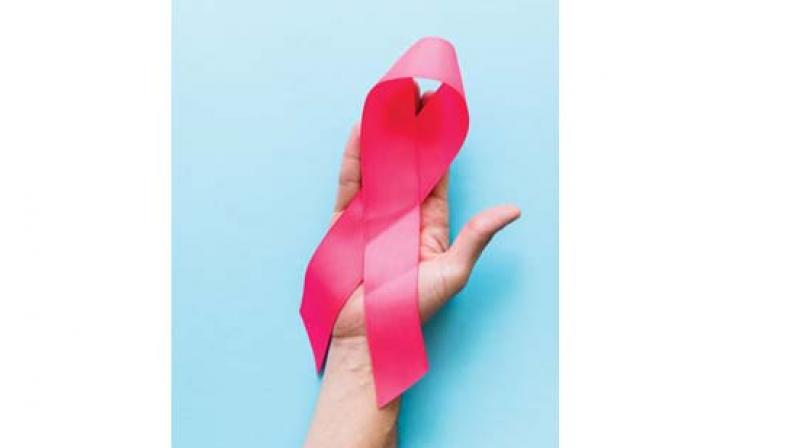First ever HIV immunotherapy drug proves safe in phase 1 trial, paves way to cure
Phase 1 trial is milestone for team at University of North Carolina, which won $20 million grant to make their ideas a reality.

Scientists working tirelessly to find a cure to the dreaded HIV have now proven that an immunotherapy drug is safe to use in humans.
According to a report in MailOnline, the phase 1 trial is an early but significant milestone for the team at the University of North Carolina at Chapel Hill, which won a $20 million grant to make their ideas a reality.
In the last couple of years immunotherapy, which trains a person's immune system to attack a disease, became mainstream, and is now being used to treat scores of conditions, from cancer to blindness.
However, scientists are treading carefully when it comes to HIV, because attempts in the last 20 years to cure the virus with bone marrow transplants (another mainstream treatment which replaces a person's immune system with that of a donor) have proved fatal in all but one person.
According to a study published in the journal Cell Reports, for the first time ever, the North Carolina team has confirmed their hopes: that immunotherapy could be administered to HIV positive patients without a realistic risk of death - and many are tipping it as proof that this could be it.
Speaking about it, Dr David Margolis, co-senior author of the new paper said that they might be able to replicate the results of the Berlin patient [the only person ever cured of HIV],. The only person ever cured of HIV is an American man called Timothy Brown, widely known as 'the Berlin patient' because he was cured in Berlin in 2007.
Brown already had HIV when he was diagnosed with leukaemia, a disease of the bone marrow which can be treated with a bone marrow transplant.
Bone marrow transplants are usually the last resort because there is a significant risk of death, by triggering a war between the person's original immune system and the new implanted one.
But Brown didn't have many other options. Once he agreed, his doctor suggested trying to select a donor who had genes known to be resistant to HIV. At the time it was more of an attempt to protect him, rather than cure him.
Brown survived the operation, and survived free of leukaemia, he also had no trace of the human immunodeficiency virus.
The news rocked the medical community, with speculation that this could be the end of HIV/AIDS. However, attempts to replicate it were devastating.
A report published by the New England Journal of Medicine in 2014 described six attempts to treat HIV patients with a stem cell donation, but none lived longer than a year.
Nowadays, HIV positive patients are prescribed anti-retroviral therapy (ART), which is now so effective that it can suppress the virus within six months - to such an extent that it is deemed undetectable and untransmittable.
ART, and PrEP (pre-exposure prophylaxis, a pill which protects a person from contracting HIV), have been game changers in the fight against HIV/AIDS, drastically cutting the rate of new infections, and turning HIV from a death sentence to a life-long chronic illness.
However, the one thing that no one can get at is the elusive phenomenon of latent HIV. One team, at Oregon Health And Science University, is tackling this problem by trying to zero in on the Berlin patient's cure. To do so, they are testing it on a specific group of monkeys descended from just five monkeys left on an island near Mauritius by Dutch spice traders five centuries ago, making them so genetically concentrated that it's easier to understand how the transplants affect them.
Meanwhile Dr Margolis, his co-senior author Catherine Bollard of the Children's National Health System, and their team are looking at the treatment of the moment, immunotherapy.
With the $4 million-a-year backing of GlaxoSmithKline, their research team is conducting two concurrent studies.
The phase 1 trial is the first to be published. The aim was to prove that the immune system could be trained to attack HIV, without sparking an internal civil war between cells that could kill the patient in the process.
All of the patients in this study had been on ART for an average of six years. They didn't see any significant benefits, but that wasn't the point. The point was to check that it didn't hurt anyone.
Ultimately, the plan is to first administer a therapy that would bring out the HIV from hiding, before unleashing the T cells.
The method has been colloquially dubbed the 'shock and kill' technique.

